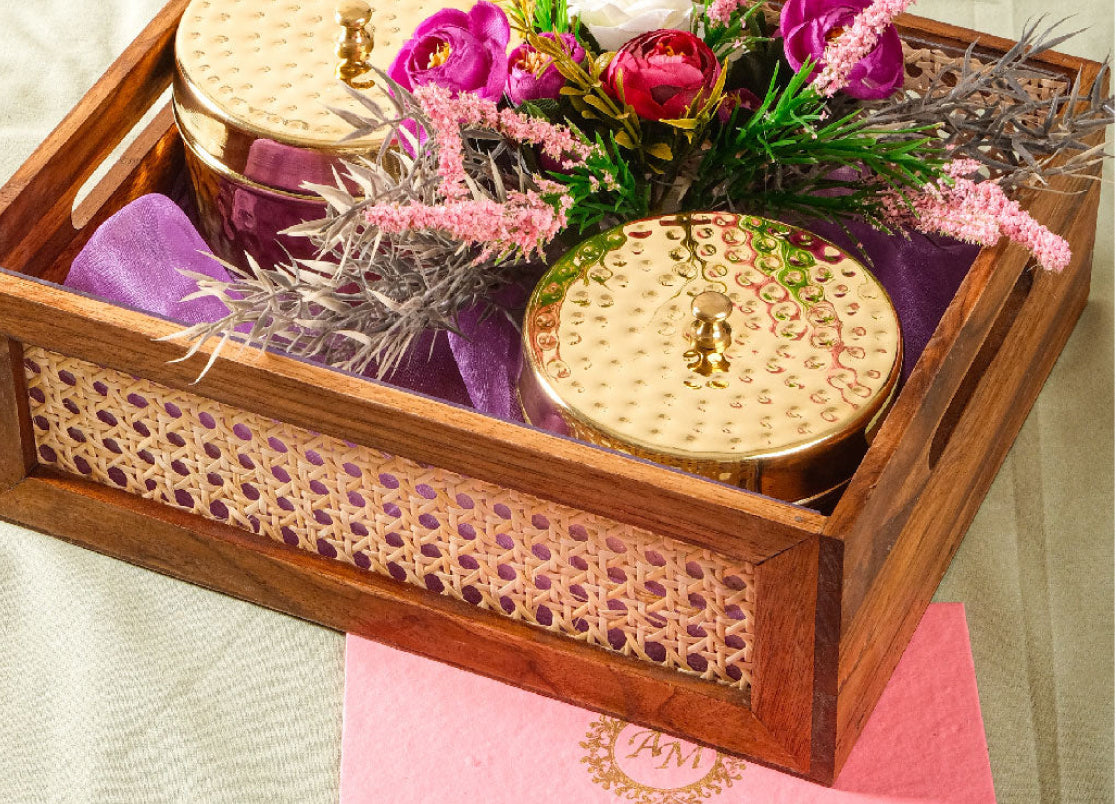History of Kansa: from Vedic era to Modern era

Kansa or Bronze, whatever you may call it, does not change the fact that it has been an integral part of Indian culture and history from the Vedic era to the modern era. It is an alloy composed of tin and copper, which makes it a remarkably efficient metal for utensils. The Vedic period was mainly rural, and the society revolved around tribes and clans, focusing on religious hymns, rituals, traditions, etc. Metalwork was an essential craft during this period. The ancient Indian scriptures (Vedas) mention diverse metals, including Kansa.
Kansa was revered due to its durability, immunity from corrosion, and many health benefits for the human body. Therefore, using this metal to construct cooking utensils was somewhat natural. It was widely used to enhance the taste and nutritional value of the food. Moreover, a great emphasis was placed on the health benefits of Kansas, even in Ayurvedic practices.
As one moves to the classical and medieval periods, it's interesting to see that the usage of Kansa is mainly focused on religious and cultural practices. The creation of temple bells, idols, etc., was due to its resonant quality, making it a great metal to construct temple bells, musical instruments, and other instruments, which played a crucial role in religious festivities and traditional ceremonies. Due to the versatility of the metal, it was used by many artisans to develop different and intricate designs to make statues, bowls and other ceremonial objects.
Following the historical trajectory, we witness the usage of Kansa declining during the colonial period. Kansa artisans witnessed many economic challenges with the introduction of cheaper metals like stainless steel and aluminium. However, the metal never really wholly disappeared. The association of metal with purity retained its statutes in religious and cultural practices, keeping its legacy alive.
The modern-day, however, brings with it the revival of Kansa. Kansas products are getting popular due to their historical appeal and health benefits. There is a significant demand for such products even in the international market. Thus, this revival has also been supported by the government, providing better livelihood to the artisans.
As a metal, Kansa has had a remarkable journey encompassing India's cultural elements and technological innovation and advancement. It's a great testimony of the Indian heritage and a symbol of India's values.
